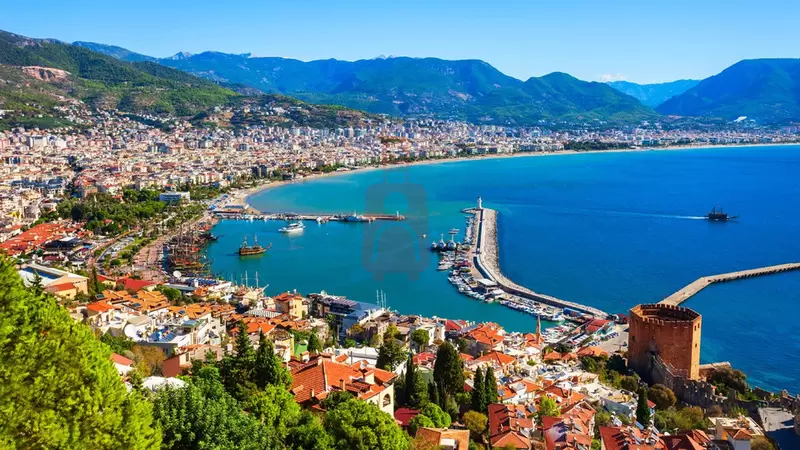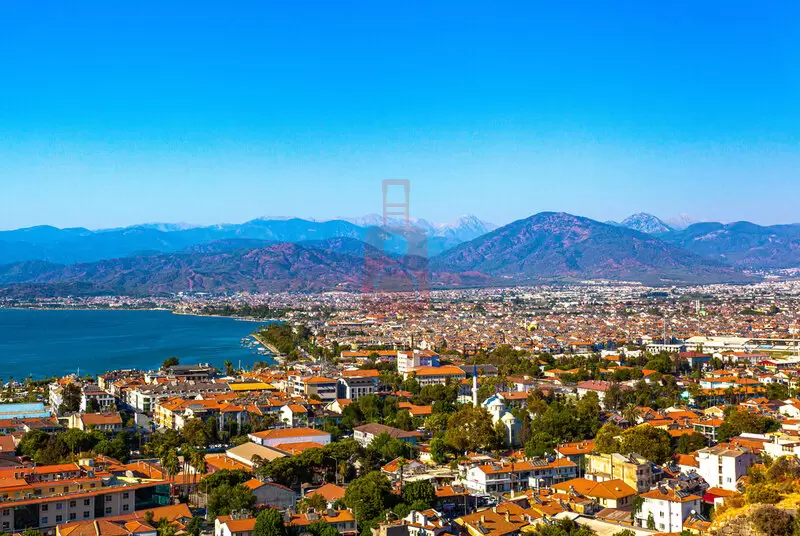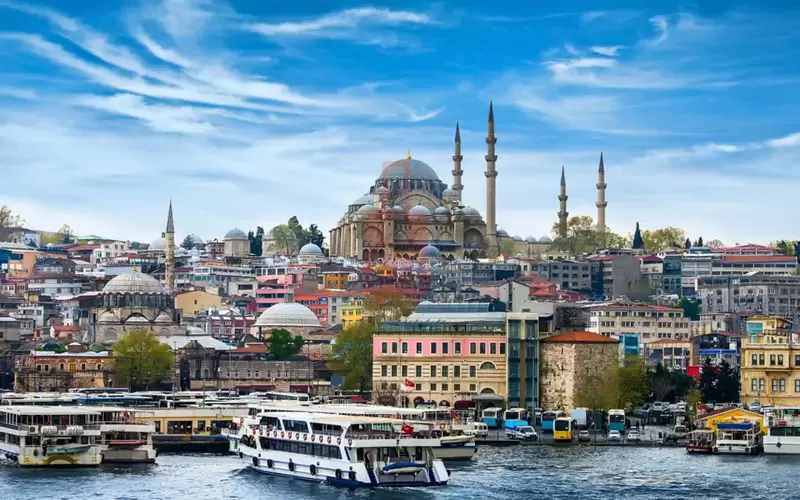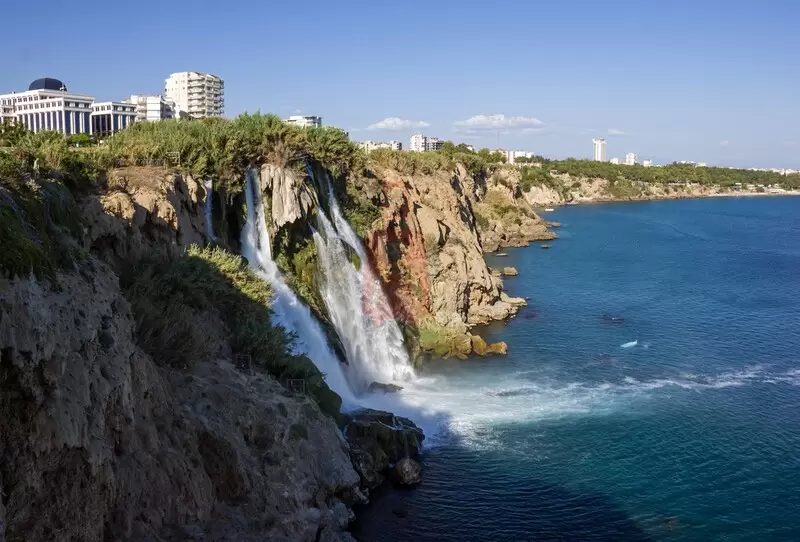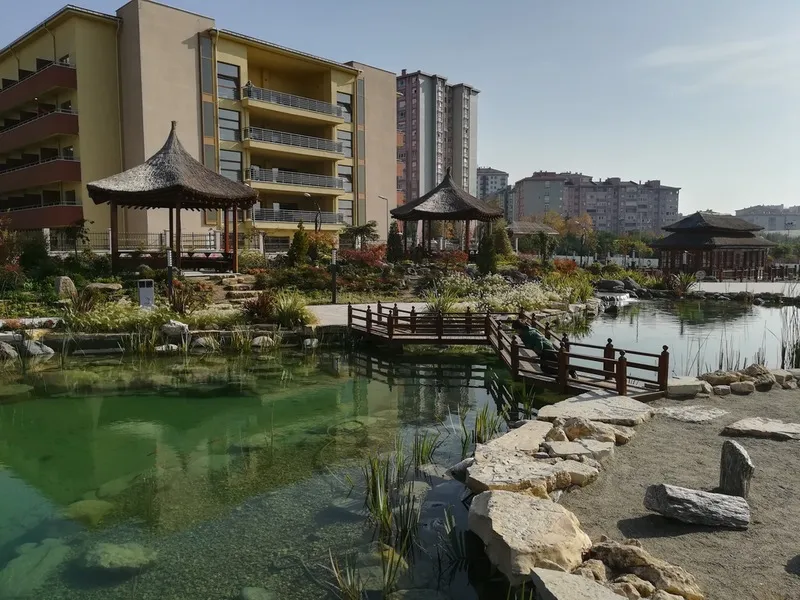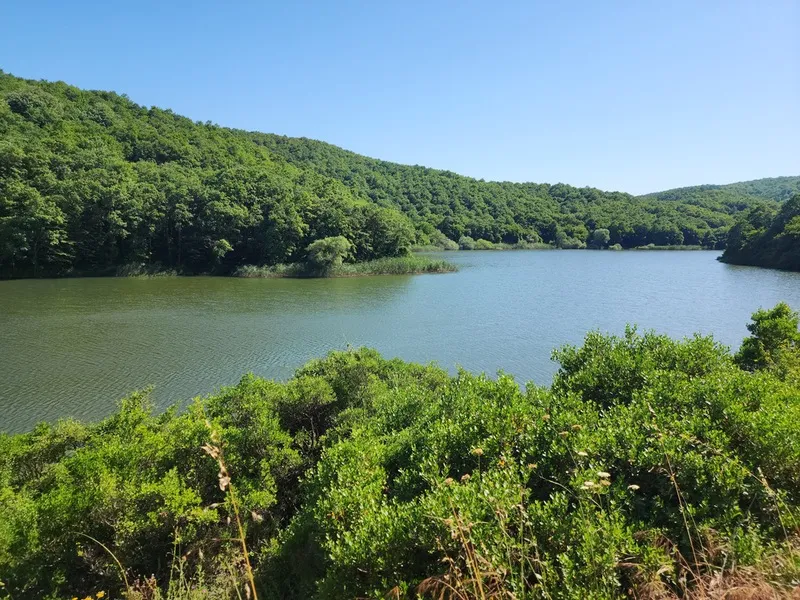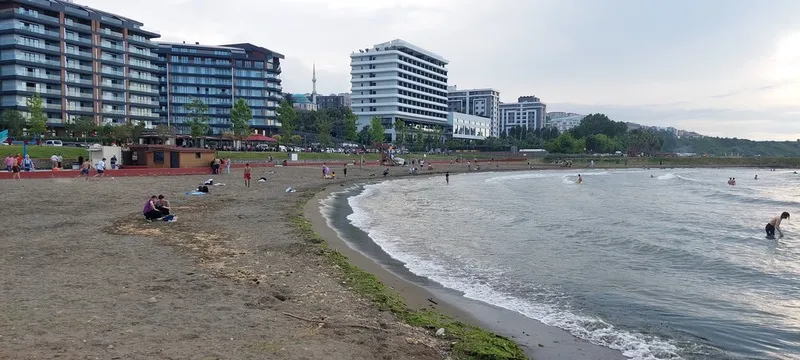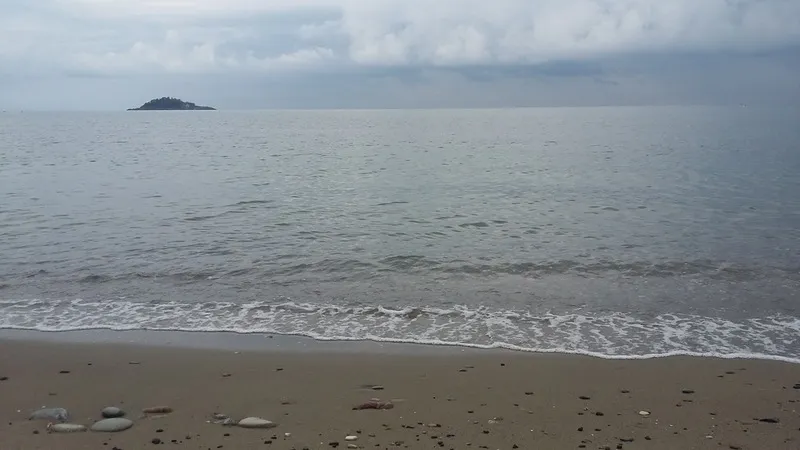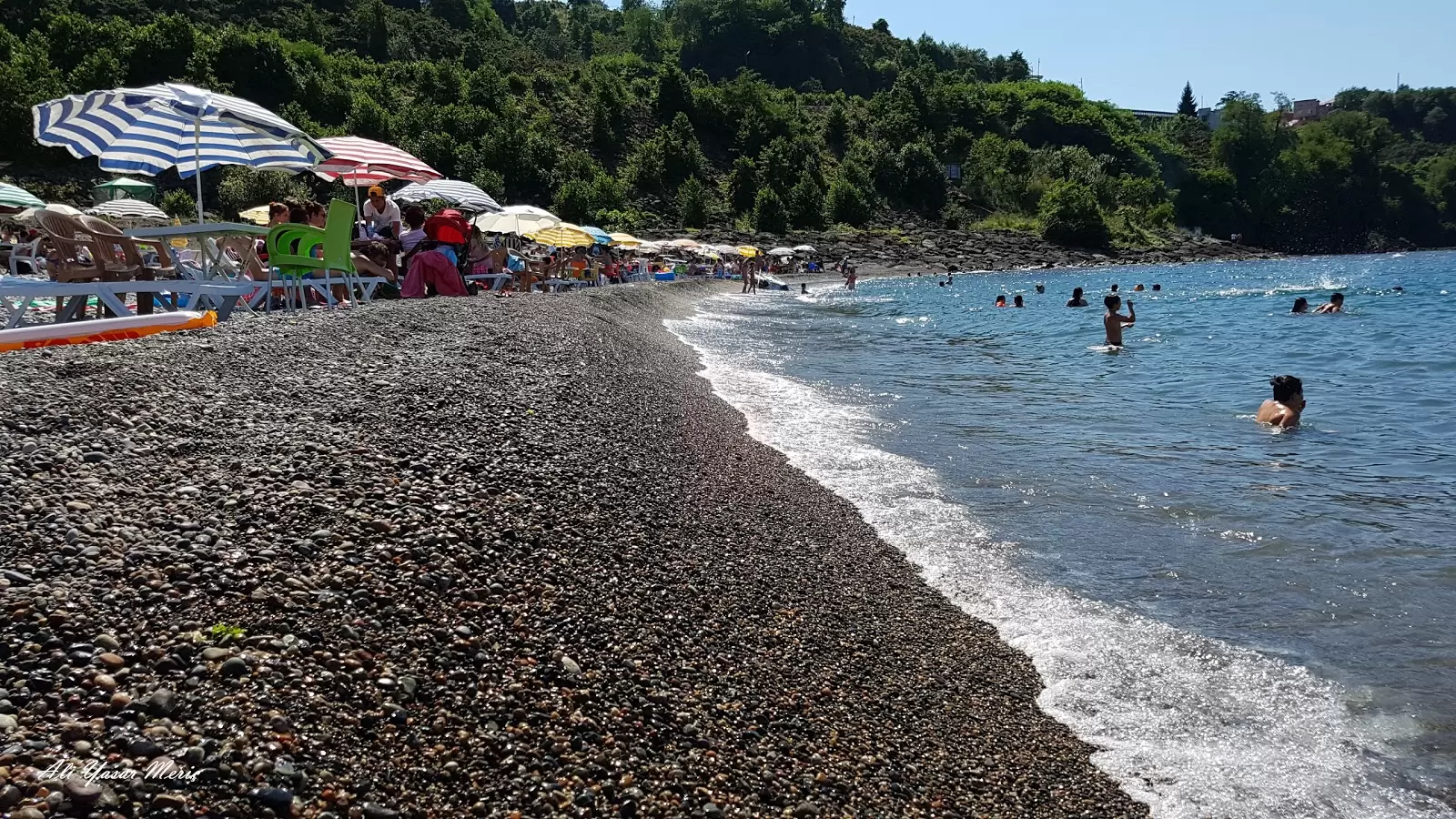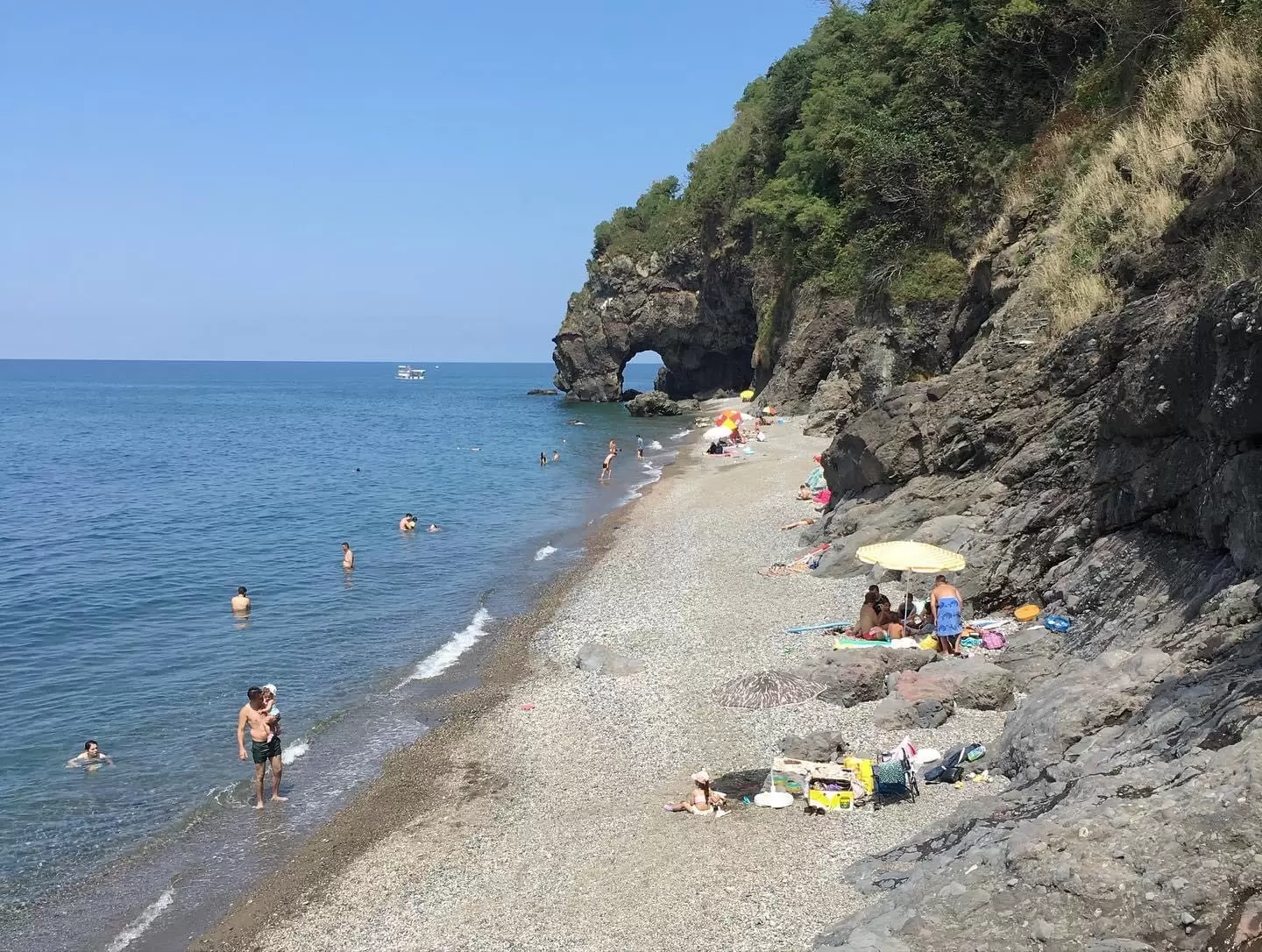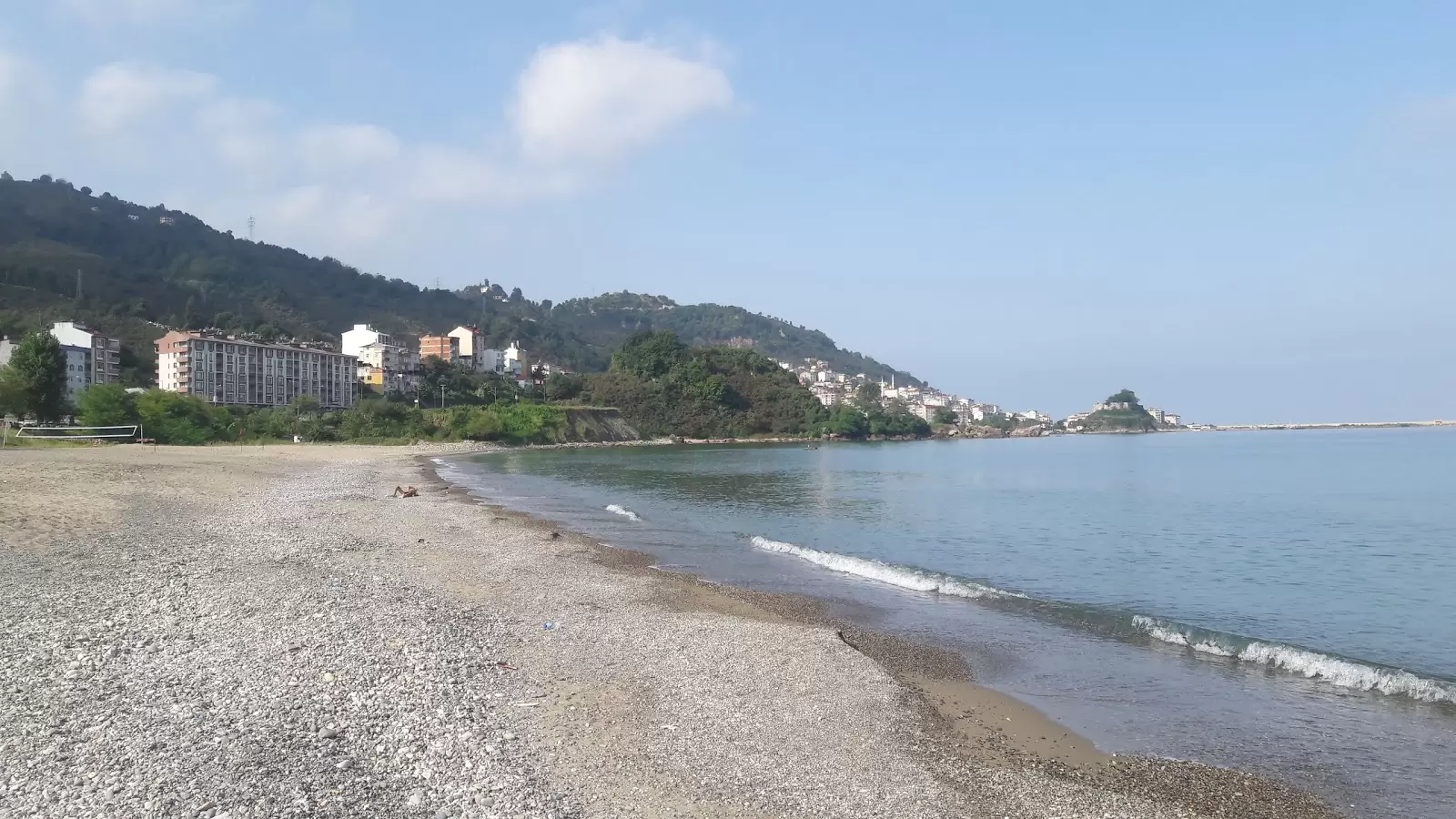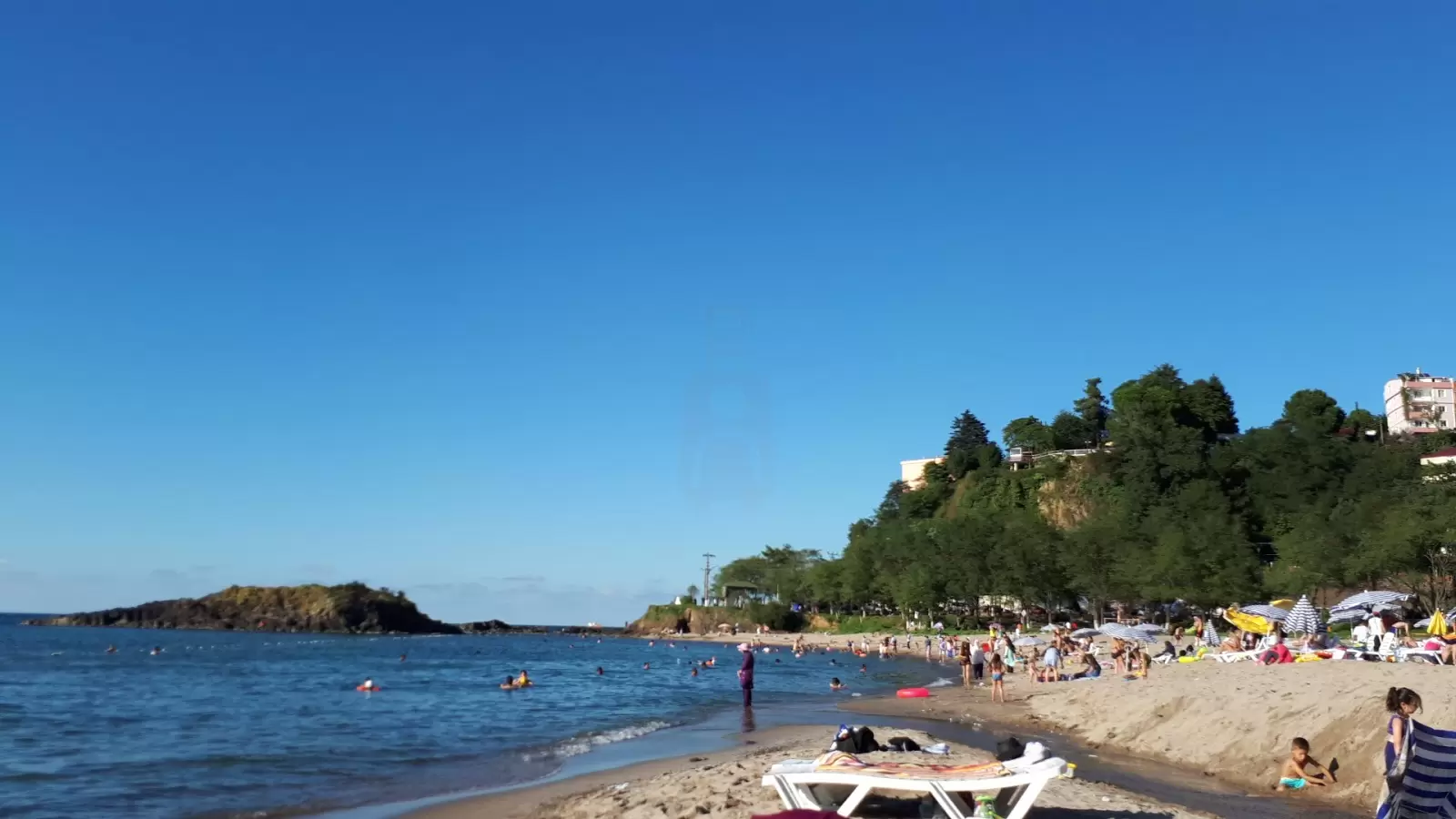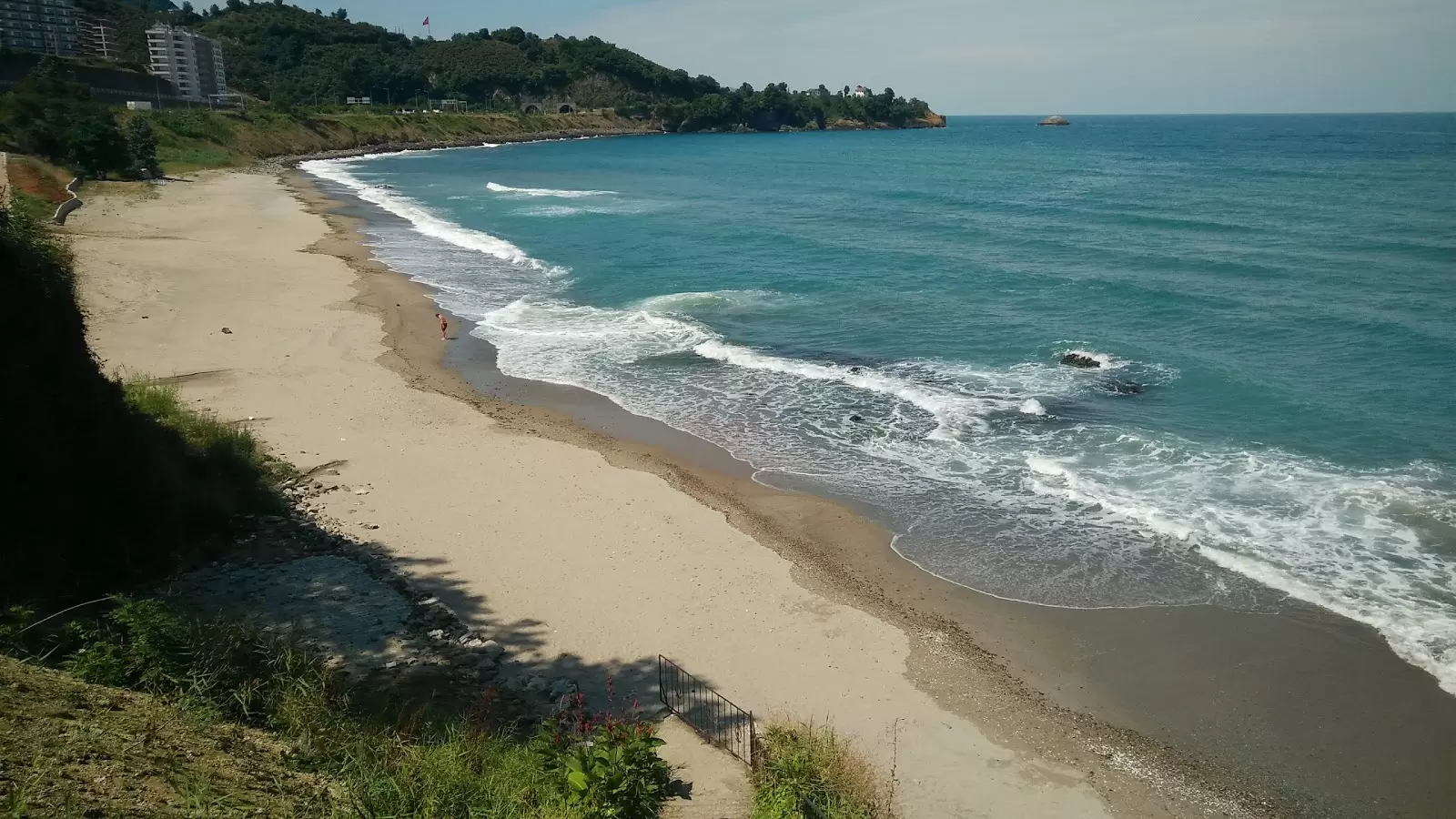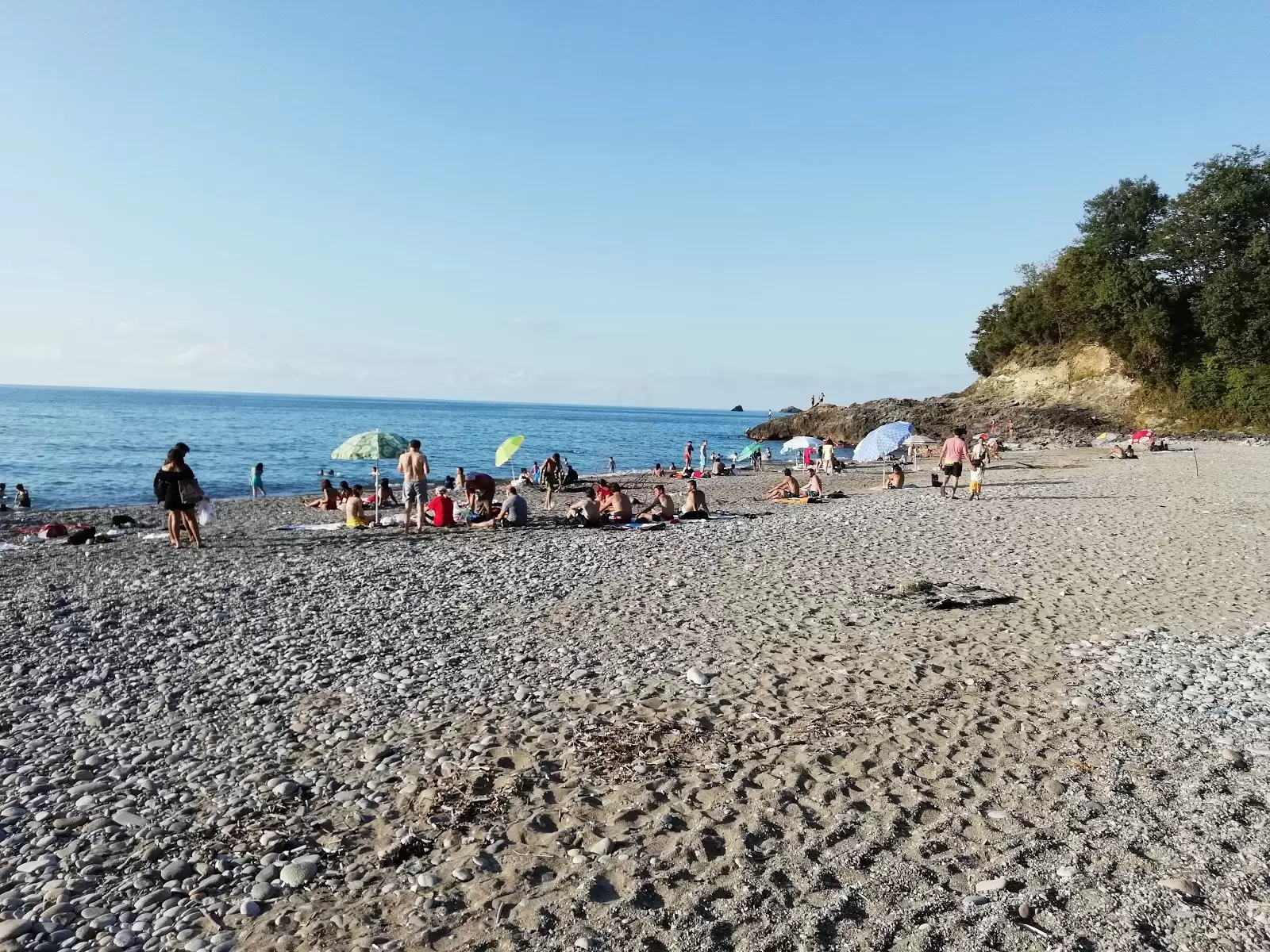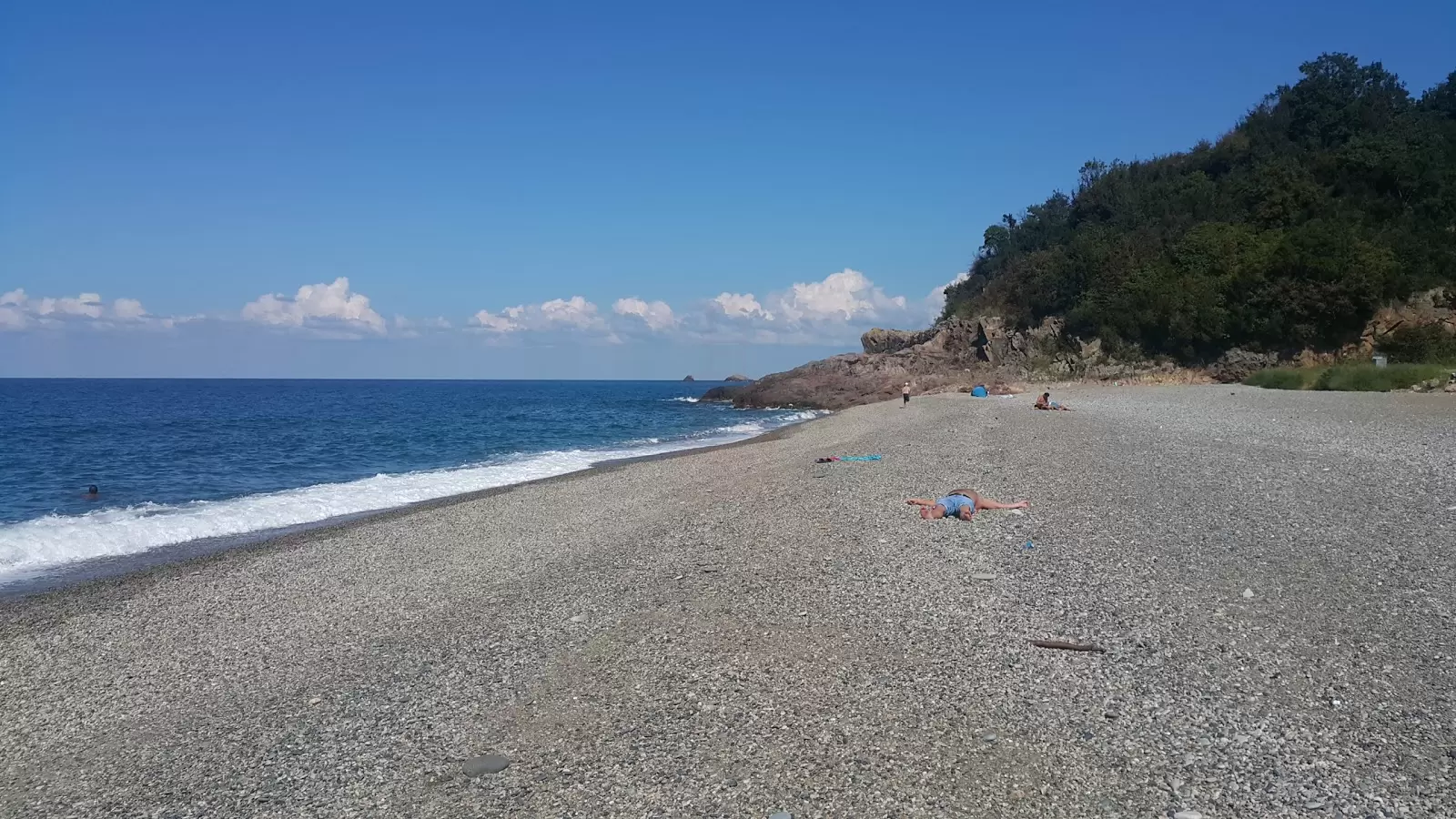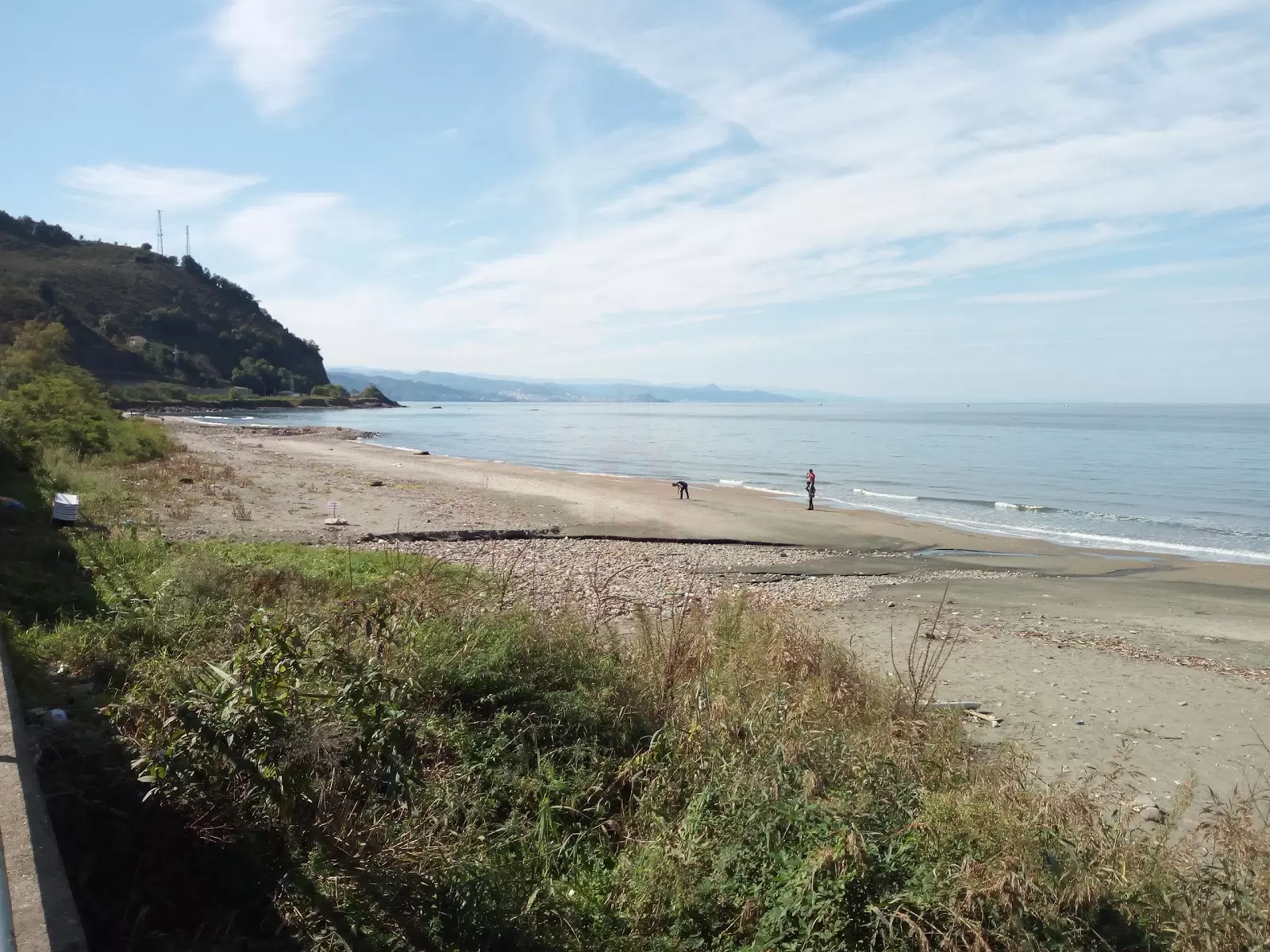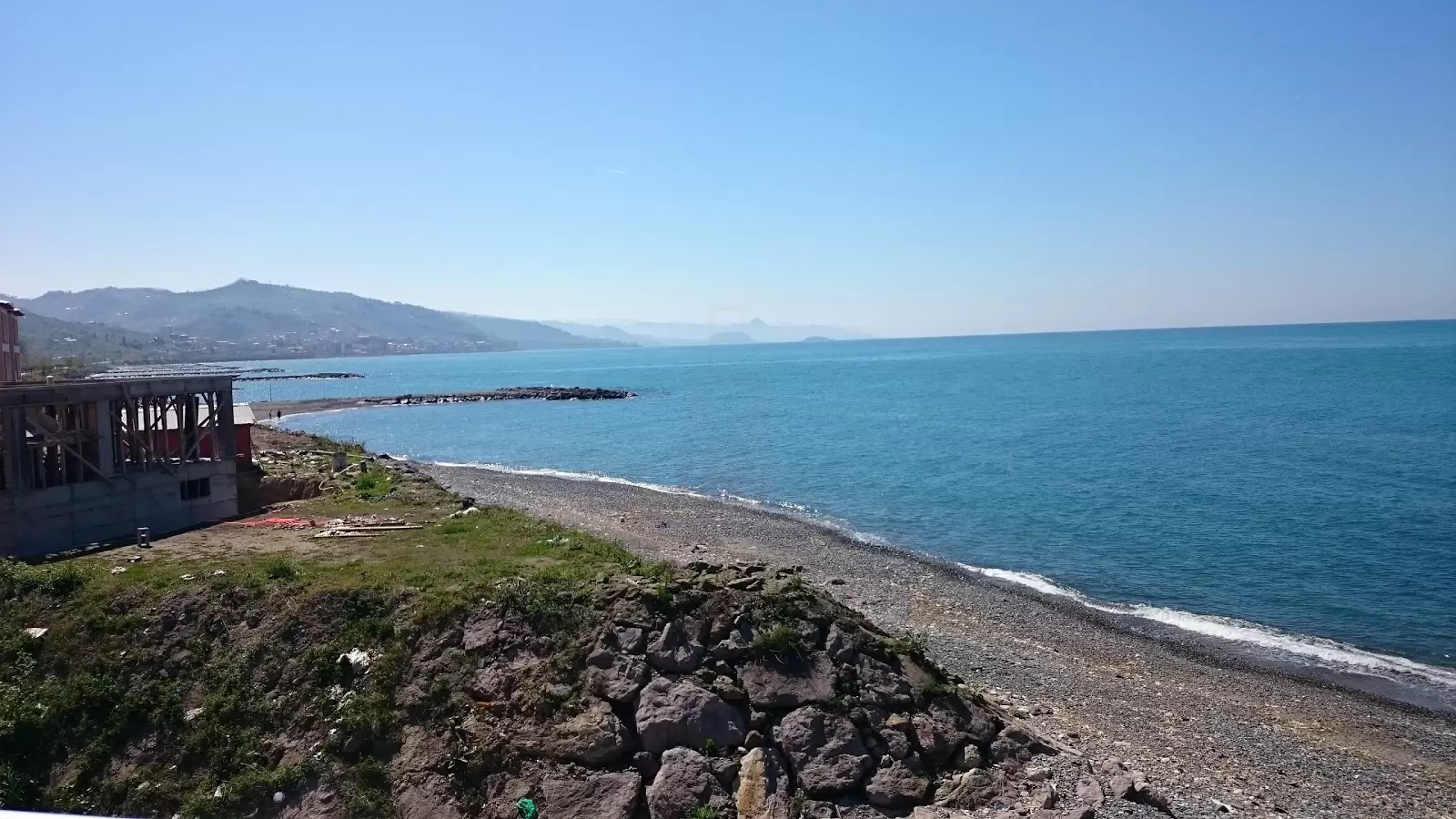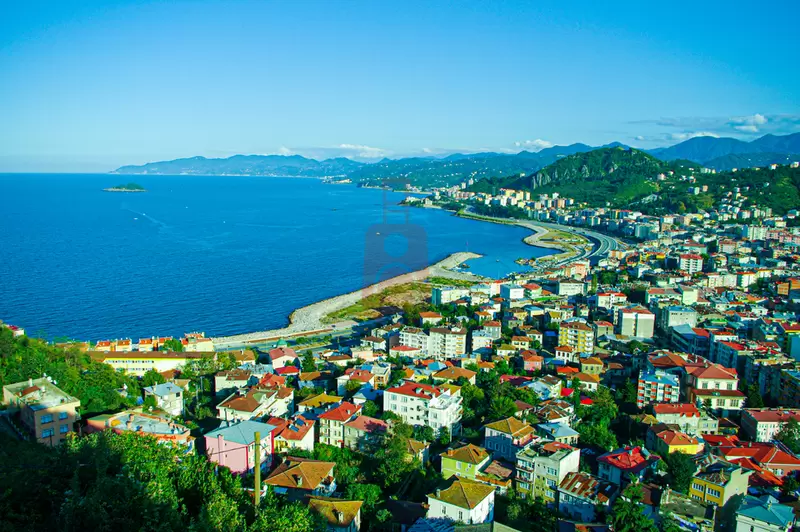
Outdoor escapes extend along scenic roads passing waterfalls and trails crossing the coastal range. Thermal pools emerge in Dereli, ideal for relaxation. The Tsakhadzor Monastery reveals Georgian architectural influences.
Connected via Ordu-Giresun Airport and roads to Samsun and Trabzon, the cosmopolitan city provides pensions, hotels and thermal resorts near eateries lining Sokaklar Avenue in the historic quarter. It serves as an ideal base for exploring northeastern Turkey's natural wonders and cultural heritage.
-
Transportation: The nearest airport to Giresun is Ordu-Giresun Airport (OGU), which offers domestic flights from various cities in Turkey. From the airport, you can reach Giresun by bus, taxi, or car. Additionally, you can also reach Giresun by bus or car from major cities in Turkey. Within the city, local transportation options include buses, minibusses, taxis, and dolmuş (shared minibusses).
-
Climate: Giresun has a temperate climate with mild, wet winters and warm summers. The best time to visit Giresun is during the summer months (June to August) when the weather is pleasant for beach activities and outdoor exploration. The surrounding mountains also offer a refreshing retreat during the summer.
-
Attractions: Giresun offers a range of attractions, including natural wonders, historical sites, and cultural landmarks. Here are some popular places to visit in Giresun:
-
Giresun Castle: Giresun Castle is a well-preserved medieval fortress that overlooks the city and the Black Sea. Explore its ancient walls, towers, and enjoy panoramic views of the surrounding landscapes. The castle also houses the Giresun Museum, where you can learn about the region's history and cultural heritage.
-
Giresun Island: Located just off the coast of Giresun, Giresun Island is a small and charming island with a lighthouse and picturesque views. Take a boat ride to the island, explore its tranquil atmosphere, and enjoy a leisurely walk along its shores.
-
Giresun Horonu: Horon is a traditional dance form popular in the Black Sea region, and Giresun is renowned for its vibrant Horon performances. Attend a Horon show or participate in a Horon workshop to experience the lively rhythms, traditional costumes, and energetic dance moves.
-
Görele: Görele is a nearby town known for its beautiful coastline and historical sites. Visit the Görele Castle, a Byzantine-era fortress with commanding views of the sea. Explore the Görele Museum to learn about the town's history and cultural traditions.
-
-
Local Cuisine: Giresun's cuisine reflects the flavors of the Black Sea region, with an emphasis on fresh seafood and local produce. Some local dishes to try include "Laz Böreği" (a savory pastry filled with cheese and greens), "Muhlama" (a cornmeal and cheese dish), and "Hamsi Pilavı" (anchovy pilaf). Don't miss the opportunity to taste the region's famous anchovies, which are a specialty of Giresun.
-
Accommodation: Giresun offers a range of accommodation options, including hotels, resorts, and guesthouses. Many of these establishments are located near the city center or along the coastline, offering easy access to attractions, beaches, and dining options.
As always, it's advisable to check the latest travel advisories and guidelines before your trip, as they may change. Enjoy your visit to Giresun and immerse yourself in its natural beauty, rich history, and warm hospitality!
